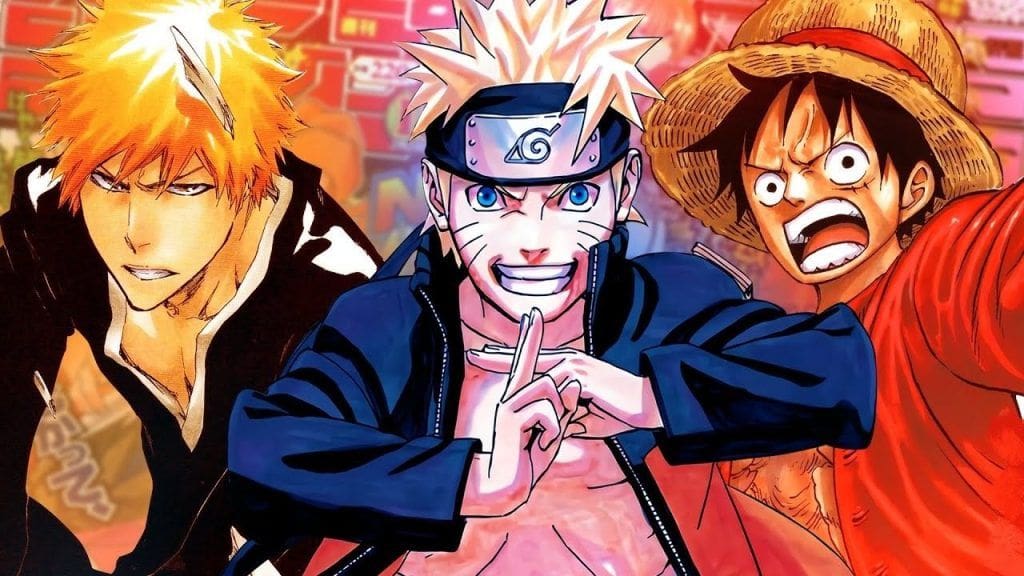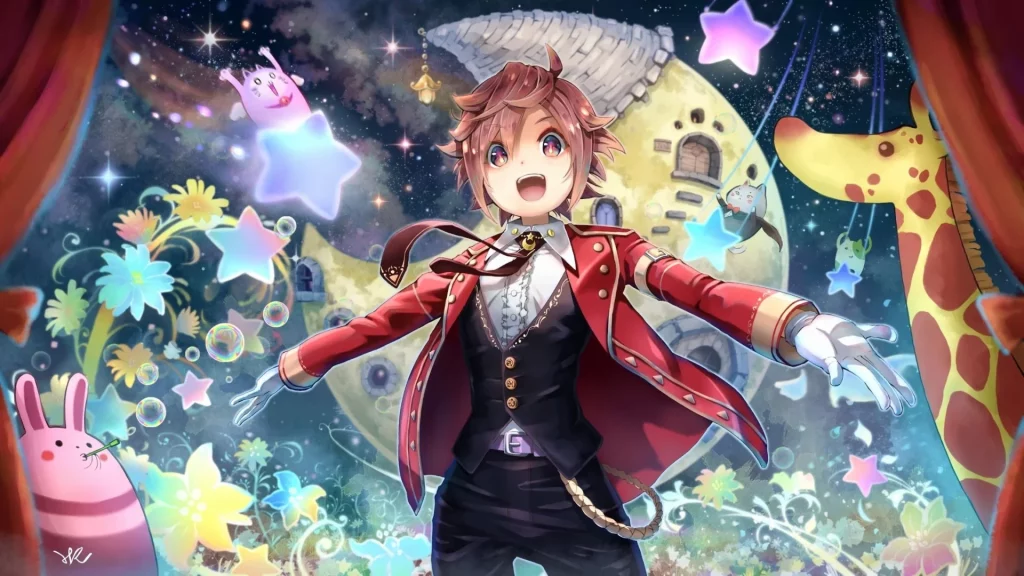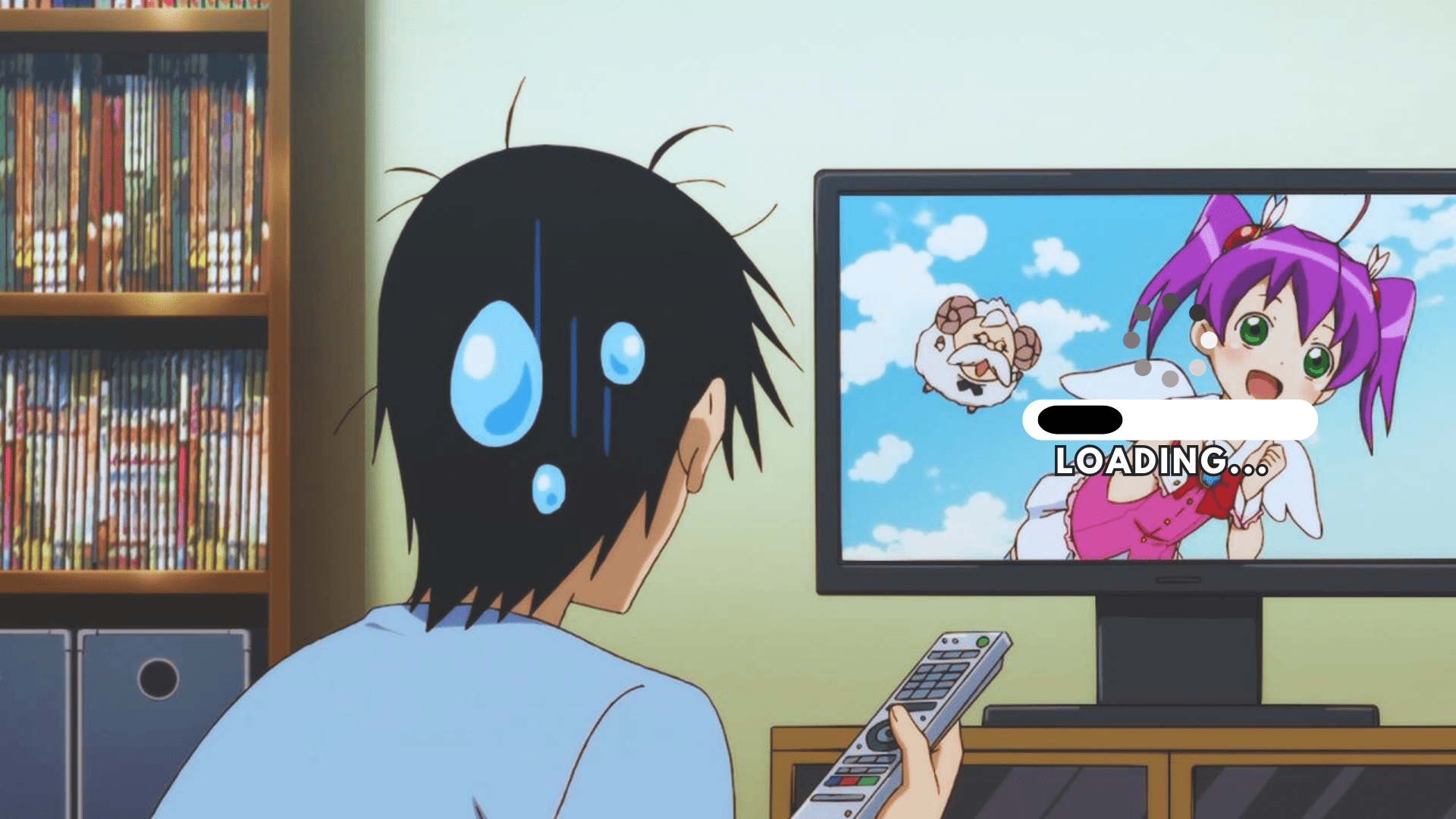Picture this: You’ve sat down for dinner alone, set up your laptop, and put on your favorite anime for some nice ‘me time’. Only for the mood to sour when said anime episode just starts buffering to oblivion! It’s exactly why I despise streaming anime. I have to actively look up what streaming services have the anime I want to watch. Which, well, it gets expensive getting all these subscriptions. But, still, it’s better than what we had before.
The reason why anime episodes take so long for buffering now is because of faulty internet, which is an easy enough issue to tackle. But back in the day, we didn’t have many options to watch anime. Like, at all. I’m talking about the days when our only solace were episodes that were split into three parts on YouTube, alongside being mirrored and flipped to escape copyright claims. Like, us Otakus? We were struggling back then. It was genuinely rough!
It’s why it’s so cool seeing how far anime has come in the past two decades. The internet’s evolution meant a direct effect on fandom culture, which is when anime really started skyrocketing in popularity. Now you have dedicated merch sites, international sponsorships for anime conventions and, of course, anime streaming sites such as Crunchyroll. Hell, even big names such as Netflix have seen the potential in anime production, and we’ve gotten huge budget projects such as Castlevania.
But that wasn’t always the case. There was a time when the only way you could access anime was through illegal streaming sites that were rife with badly made fan translations and weird censorship, often with episodes missing or series being dropped altogether. But we persevered through and here we are, possibly in the golden age of weebdom. So, how did a niche past time for some geeky kids become a pop culture phenomenon, even with the anime buffering issue? Let’s discuss.
Table of Contents
The Late 2000s: An Anime Wasteland!

So, the Internet during the 2000s was a lawless time. And the anime fandom back then was a mere fledgling, being powered through by some dedicated individuals who devoted their time and efforts to bring their favorite foreign animations to the world.
We already had cable blocks such as Toonami, which was how anime broke out into the mainstream in the 90s. So, there were people interested in it thanks to shows such Sailor Moon, Pokemon, and Dragon Ball Z. But there was no way to access them outside of the television. Until pirated content being uploaded on sites like Dailymotion became a thing.
God, watching anime on YouTube was an experience. A terrible one, but respect where respect is due. It’s how we got past censorship in our home countries to watch shows that were targeted at a more adult audience, such as Monster and Death Note – albeit with massive anime buffering issues.
Of course, officially licensed translations weren’t a thing for those shows so the subtitles were done by passionate fans who had knowledge of the subject. It was better than some of the truly horrendous dubs we’d get, so you had to do what you had to do.
The Early 2010s: The Big 3 Launch The Anime Fever?

But all that effort did pay off, because, by the 2010s, anime was slowly inching out of obscurity and making a name for itself. Through the emergence of sites such as Gogoanime, 9anime, and KissAnime, more and more people were able to watch anime. And then, thanks to the Big 3 of Shonen, anime boomed.
Albeit it was through illegal anime sites, which were taken down frequently – and had buffering issues. But it was better than spending a huge chunk of cash on DVD box sets that, realistically, millennial teens couldn’t easily afford. But the surprising thing was that there was a genuine demand for ethical anime consumption. There was a market for getting anime licenses from Japan to air them in the West, and it was profitable.
And this is how we got CrunchyRoll, a site that actually started out much like the other illegal anime streaming sites. But the difference here was that CrunchyRoll was able to legitimize itself and buy the licenses later on.
Streaming Anime Now: Buffering A Complaint Of The Past!

Now, we are spoilt on anime. Sure, some of us still have to torrent or illegally stream our favorite shows but most anime is now being released as simulcasts on streaming sites such Hulu.
Hell, Spy x Family was released on YouTube officially and that was such a weird trip, both nostalgic and new. I never imagined there would be a day where I could access a new show hours after its episode aired in Japan. Netflix and Crunchyroll, of course, are now so big that they sponsor their own animation projects.
Anime has come a long, long way since its days on the internet. It is practically a pop culture phenomenon, with anime movies being blockbuster features in cinemas across the world. And as a veteran Otaku, it has been an utter joy to experience.
Prev Post


















What do you think?
It is nice to know your opinion. Leave a comment.